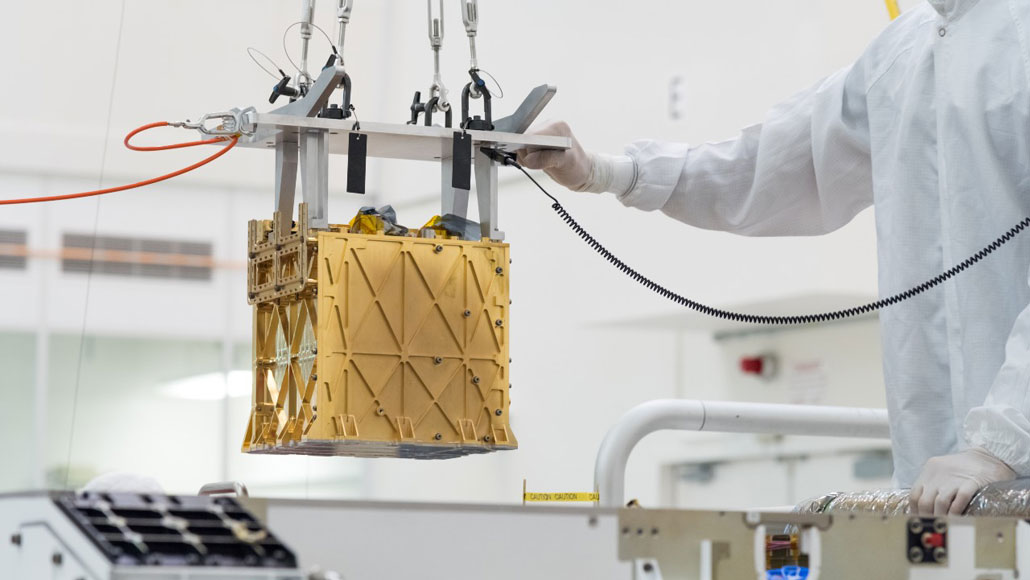Questions for “The Perseverance rover split CO2 on Mars to make breathable air”

The MOXIE instrument, shown here being lowered into the Mars Perseverance rover while still on Earth, is a small “electrical tree” that converts carbon dioxide into oxygen on Mars.
JPL-Caltech/NASA